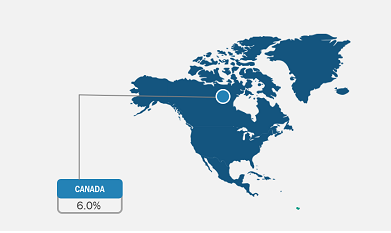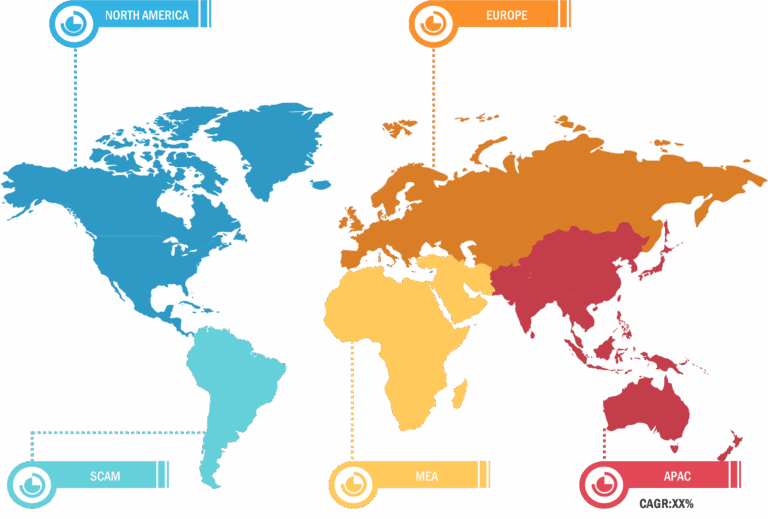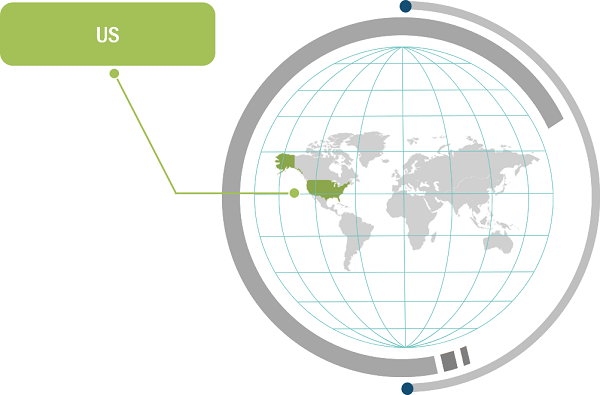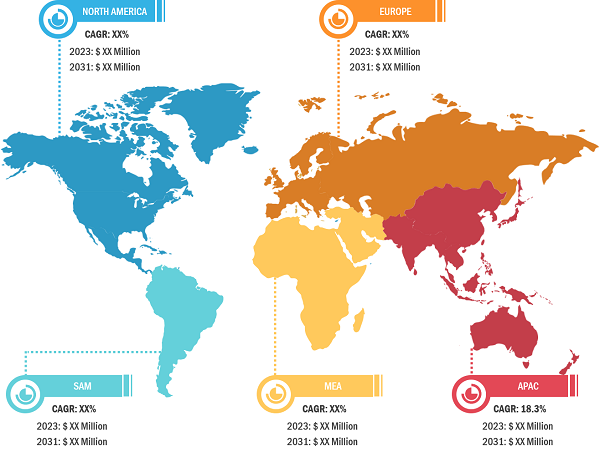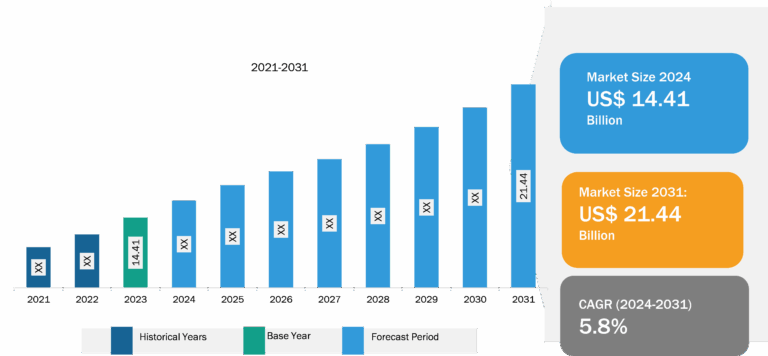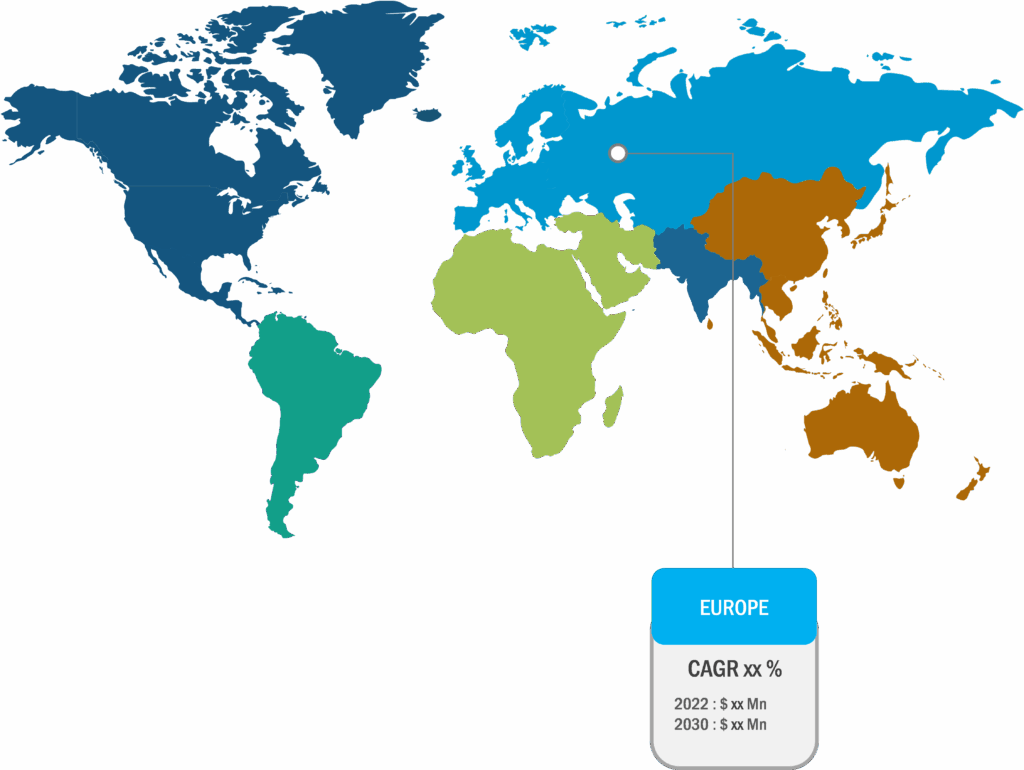
Europe Noninvasive Ventilation Masks Market
The increasing prevalence of chronic obstructive pulmonary diseases and inclination towards home healthcare propel the market growth. However, the side effects of NIV masks hamper the market’s growth. Technological advancement will bring new Europe noninvasive ventilation mask market trends in the coming years.
Technological Advancement Acts as Trend in the Europe Noninvasive Ventilation Masks Market
NIV is the standard care for patients suffering from breathing or sleep-breathing disorders. Technological advancements enable the development of newer modes of automatic NIV adjustment suitable for patients affected by complex breath abnormalities that may be challenging to manage effectively with traditional positive airway pressure therapy. These modes allow stable ventilation when ventilation demands fluctuate. CPAP applies continuous positive airway pressure to non-intubated adult or pediatric patients. It can be used on spontaneously breathing patients who require short-term mechanical assistance. The effectiveness of the treatment is related to the correct sealing of the nasal or full face mask on the patient’s face.

The choice of interface is one of the most critical steps for the success of NIV. While developing masks, companies pay great attention to shape, materials, comfort, and leakage reduction. However, the constant evolution of new products increases the availability of interfaces and the ability to meet different requirements. The alternating use of other interfaces can remain an excellent strategy for patients requiring several hours of NIV daily, both in the acute and chronic home environment, to reduce the risk of skin damage and improve patient tolerance. ResMed has offered an intelligent NIV mask that can help tailor treatment to patients’ unique and changing needs. Increasing collaborations and R&D investments in developing technologically advanced products are intended to stimulate the growth of the Europe non-invasive ventilation masks market in the coming years.
The World Health Organization (WHO) defines home-based care as a series of services provided to people in their homes, including psychosocial, physical, or palliative care activities. A shift from long-term facilities, inpatient rehabilitation, and skilled nursing facilities to home care settings results in greater chances of better, consistent, and timely interaction between patient and doctor owing to the growing prominence of cloud and mobility-driven medical devices. The COVID-19 outbreak has triggered the importance of home healthcare due to limited hospital bed capacity and a scarcity of skilled healthcare professionals. Healthcare professionals can avoid admissions to healthcare facilities by monitoring a patient’s vitals remotely. If the cases can be handled virtually, beds are reserved only for patients requiring critical care, which allows hospital administrations to manage their resources more effectively. NIV masks are used to treat altered control of breathing, non-acute upper airway obstruction, neuromuscular weakening such as spinal muscular atrophy (SMA), and partial upper spinal cord disorder. SMA is one of the most common genetic disorders detected in Germany. According to the study titled “Spinal muscular atrophy: best practice of diagnostic, newborn screening and therapy,” ~1 in 7,000 newborns suffers from SMA in Germany. Patients suffering from these conditions do not need to be hospitalized for long. Companies are focusing on developing personalized home ventilator equipment to treat these and other non-acute respiratory diseases. Thus, the growing inclination toward home healthcare for the treatment of respiratory disorders bolsters the growth of the Europe non-invasive ventilation masks market.
Geographically, the Europe noninvasive ventilation masks market is divided into UK, Germany, France, Austria, Switzerland, and the Rest of Europe. Germany is the biggest contributor to the global Europe noninvasive ventilation masks market. Non-invasive ventilation is widely used in acute care settings for acute respiratory failure (ARF) across various aetologies. According to an article titled ‘Effectiveness of a home telemonitoring program for patients with chronic obstructive pulmonary disease in Germany’ published by the National Library of Medicine in 2022, Germany records ~6 million COPD cases. NIV effectively relieves the pressure on respiratory muscles, increases the tidal volume, decreases the respiratory rate, and reduces the work of diaphragmatic breathing, resulting in an improvement in oxygen supply, a decrease in hypercapnia, and an improvement in dyspnea. NIV masks are ideal for COPD as the treatment is quickly reversible, and additional support can be provided. Thus, the increase in the prevalence of COPD in Germany fuels the non-invasive ventilation masks market growth in Germany. Reimbursement policies for medical devices also determine the market growth in Germany. NIV masks treatment costs used in intensive care unit (ICU) are reimbursed in the country, and patients must pay out of their pockets in in-home cases. Favorable reimbursement scenario during hospitalization in Germany drives the growth of the Germany non-invasive ventilation masks market.
The annual economic burden of asthma and COPD on the NHS in the UK is estimated at US$ 4.06 billion and US$ 2.57 billion, respectively. In total, all lung diseases (including lung cancer) cost the NHS in the UK a direct US$ 14.90 billion annually. The use of NIV in patients suffering from an acute exacerbation of COPD, complicated by hypercapnic respiratory failure, is widespread, supported by solid evidence, and benefits from clinical consensus on their worth. An increase in spending on treatment of COPD, asthma, and lung diseases in the UK is fueling the growth of the UK noninvasive ventilation masks market.
The Europe noninvasive ventilation masks market analysis has been carried out by considering the following segments: interfaces, application, usage, material, size, product type, and end user. By interfaces, the market is bifurcated into masks and accessories. The masks segment consists of a nasal mask, face mask, nasal pillow mask, oral mask, and total face mask/helmets. Face masks are further sub-segmented into CO2 venting face masks and non-vented face masks. Accessories of NIV masks include elbows and replacement elbows, hoses, tubes, skin barriers, under/over the nose cushions, and head strap/replacement gears. Based on application, the Europe non-invasive ventilation masks market is segmented into respiratory dysfunction, chronic obstructive pulmonary disease, pneumonia, and others. Based on the usage, the market is further segmented into pediatrics and adults. The Europe non-invasive ventilation masks market, by size, is further segmented into large, medium, and small. Based on material, it is further segmented into silicon, gel, and others. Based on product type, the market is bifurcated into single-use and reusable. Based on end users, the market is segmented into hospitals, critical and acute care settings, ambulatory surgical centers, and others.
Europe Noninvasive Ventilation Masks Market: Competitive Landscape and Key Developments
Fisher & Paykel Healthcare Ltd, Armstrong Medical Ltd, Intersurgical Ltd, Hamilton Medical, ResMed, Koninklijke Philips NV, Ambu AS, Dragerwerk AG & Co KGaA, DEAS S.R.L, and SunMed Group Holdings LLC are among the prominent players profiled in the Europe noninvasive ventilation masks market report. In addition, several other players have been studied and analyzed during the study to get a holistic view of the market and its ecosystem. These companies focus on geographic expansions and new product launches to meet the increasing demand from consumers worldwide and increase their product range in specialty portfolios. Their global presence allows them to serve a large customer base, facilitating market expansion.

